Why telling a subject to “show me your hands” can’t become a thoughtless habit


Why telling a subject to “show me your hands” can’t become a thoughtless habit

People aren’t video cameras, and we can’t forget

Visual imagery can enhance memory, but when it comes to body cams, it’s not that simple
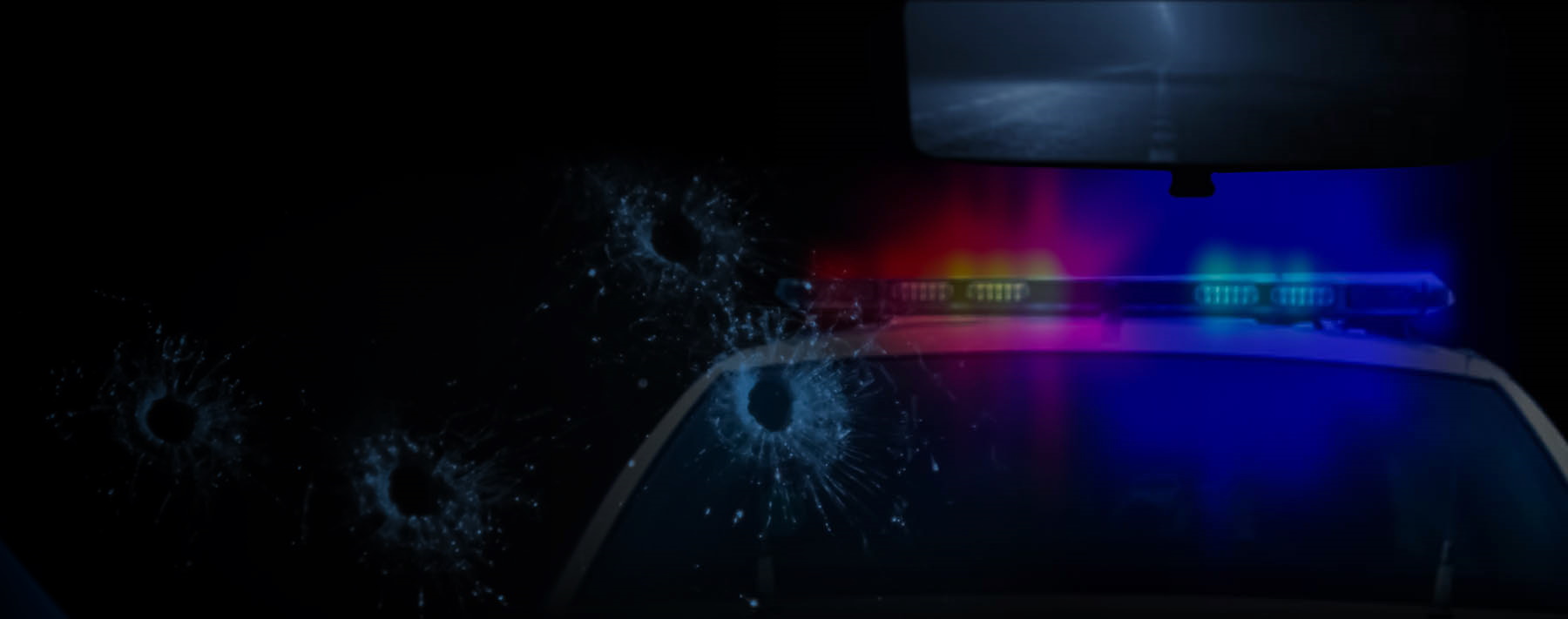
Emotion affects perception, and sometimes, therefore, time is the friend of truth

Realistic de-escalation by law enforcement boils down to these four factors
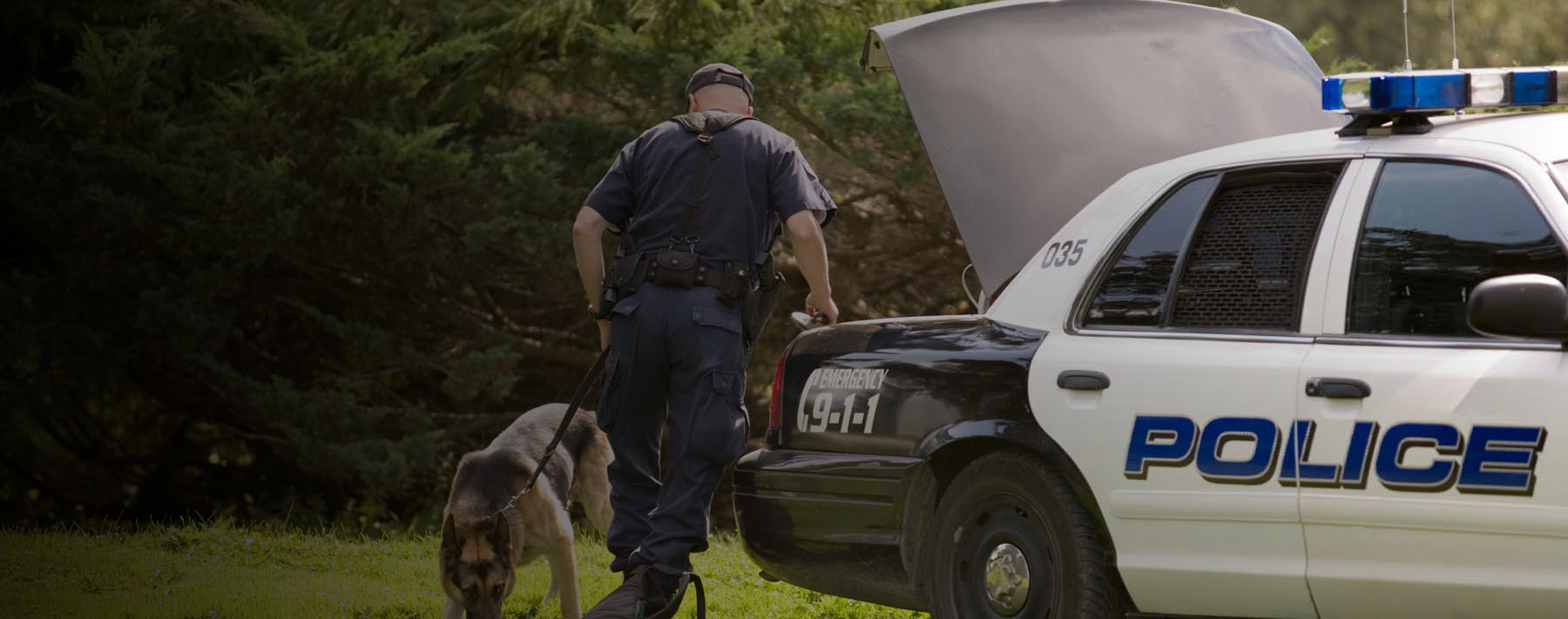
Balancing priorities during a force encounter is never easy and requires training
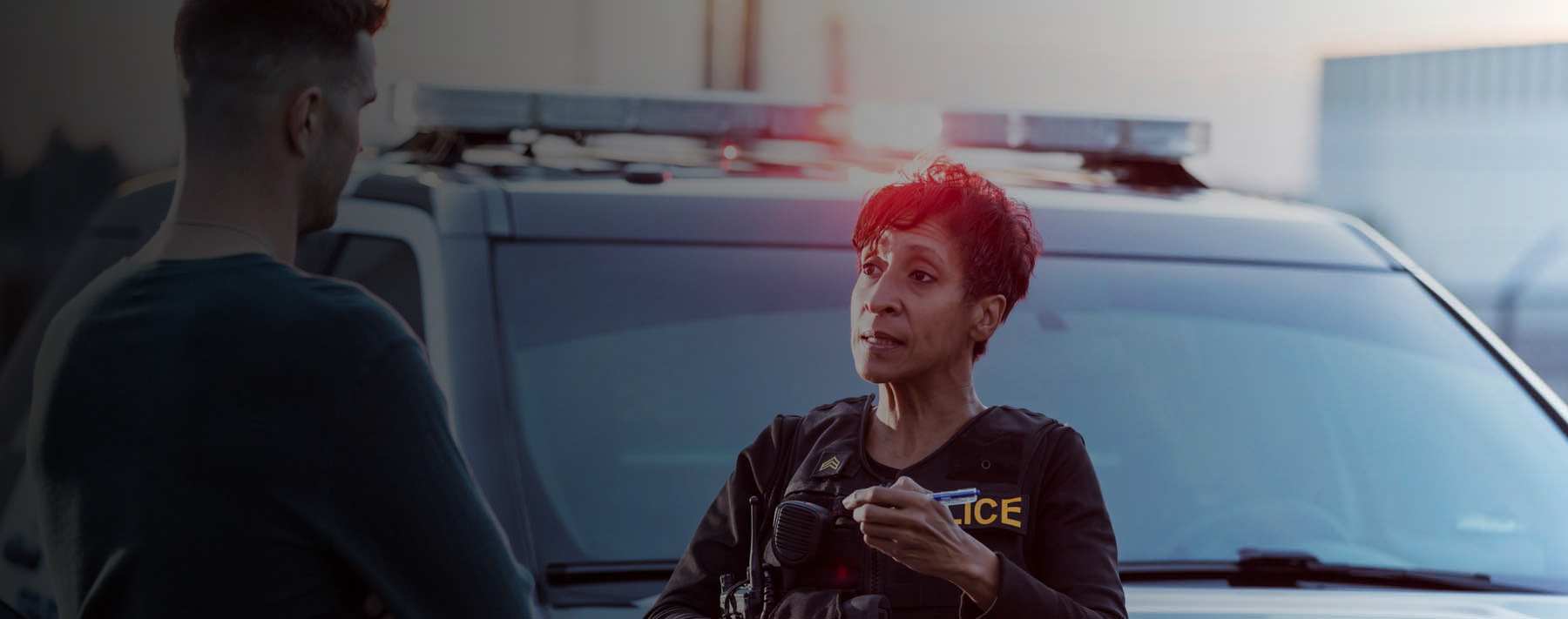
We can learn from our colleagues in emergency psychiatry to make the best of fraught, dynamic circumstances
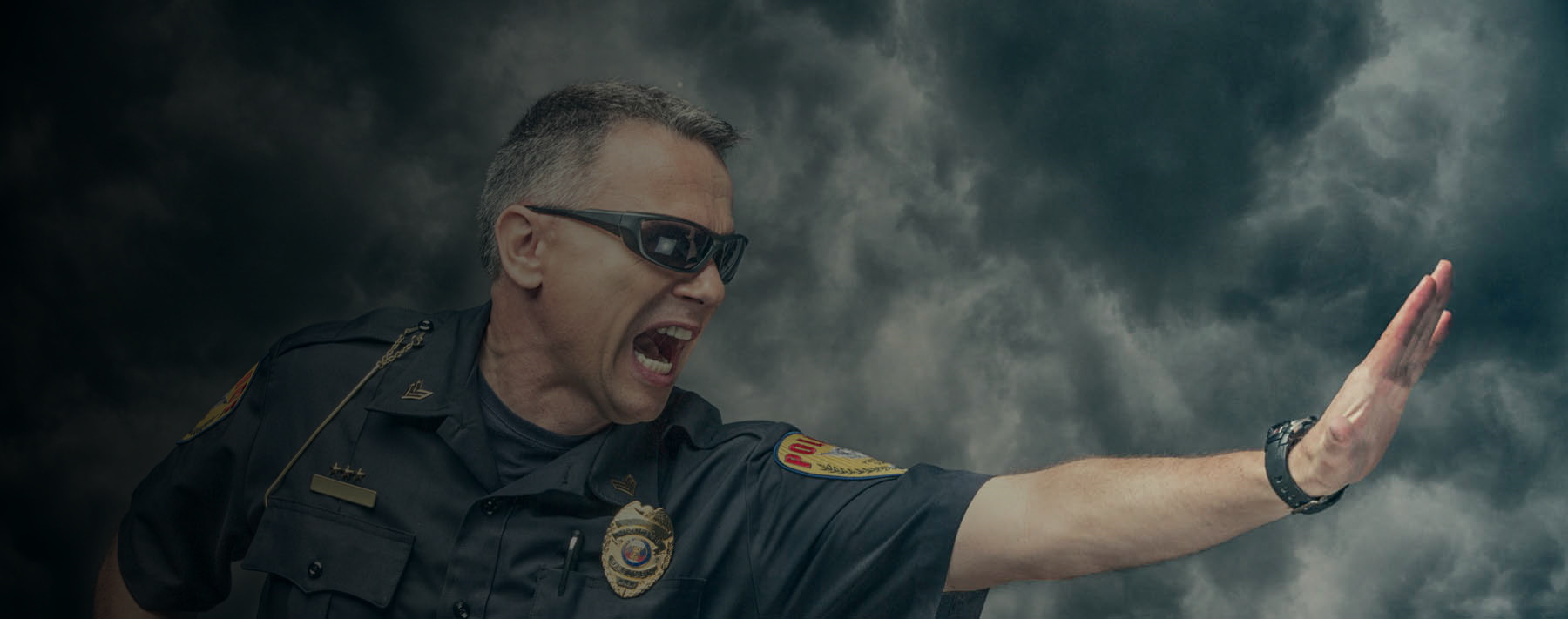
In complex, real-world use-of-force encounters, response time will be significantly longer than the .83 seconds necessary to respond to a simple light change.
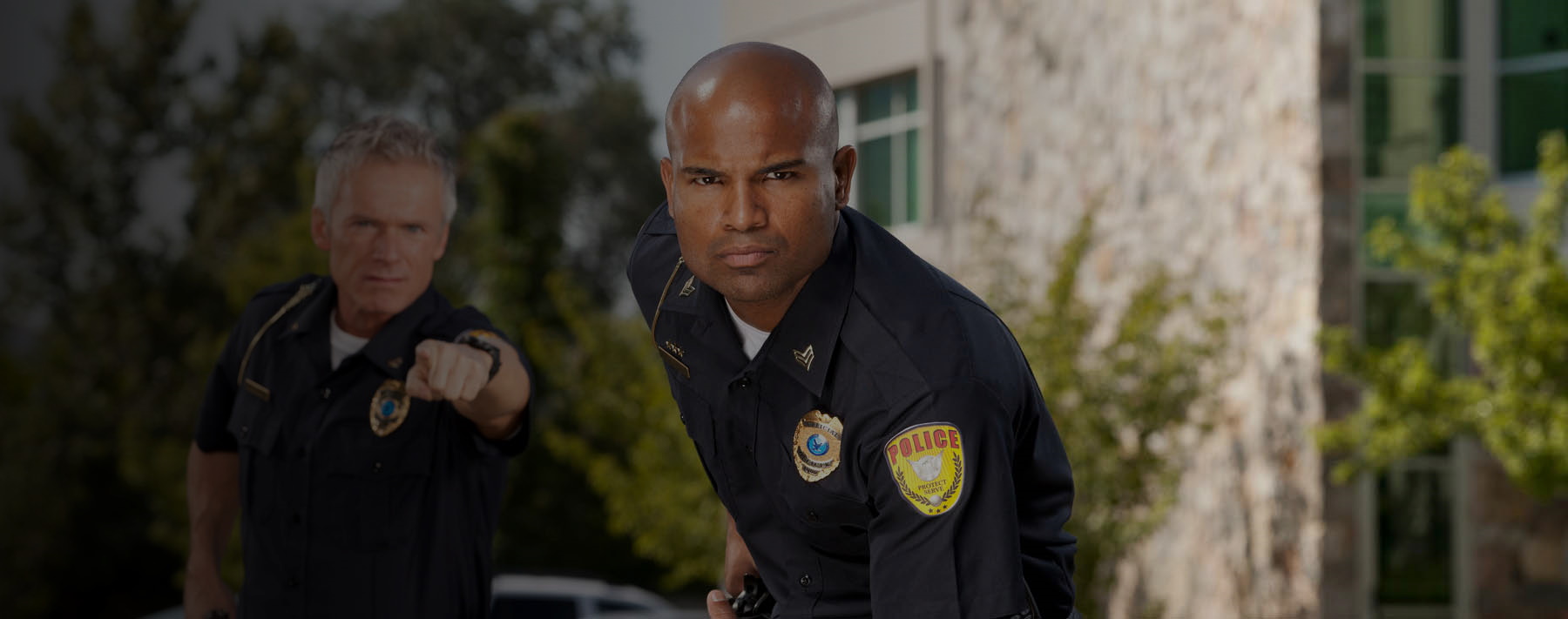
A technique long used to improve athletic performance can also help officers in high-stress encounters
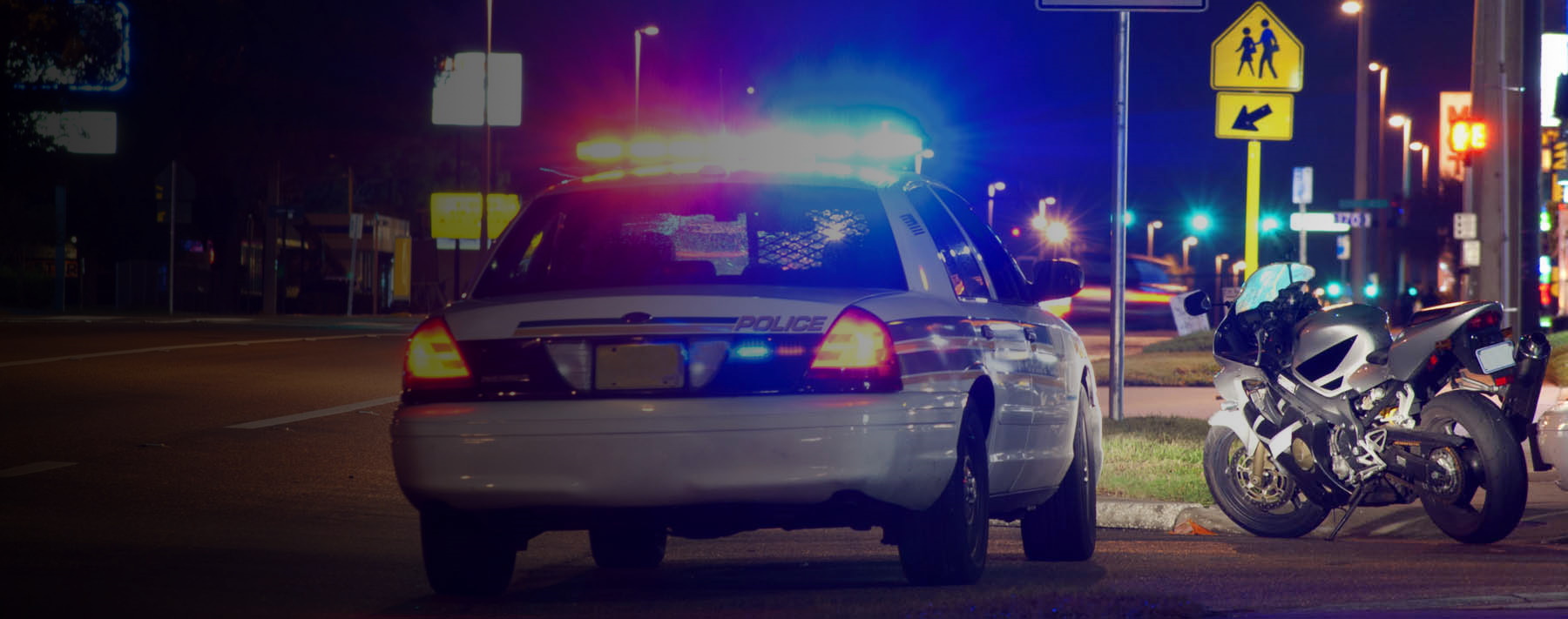
Lawful, ethical police action is under threat from outside institutions

Confusing, yes, but this decision changes almost nothing
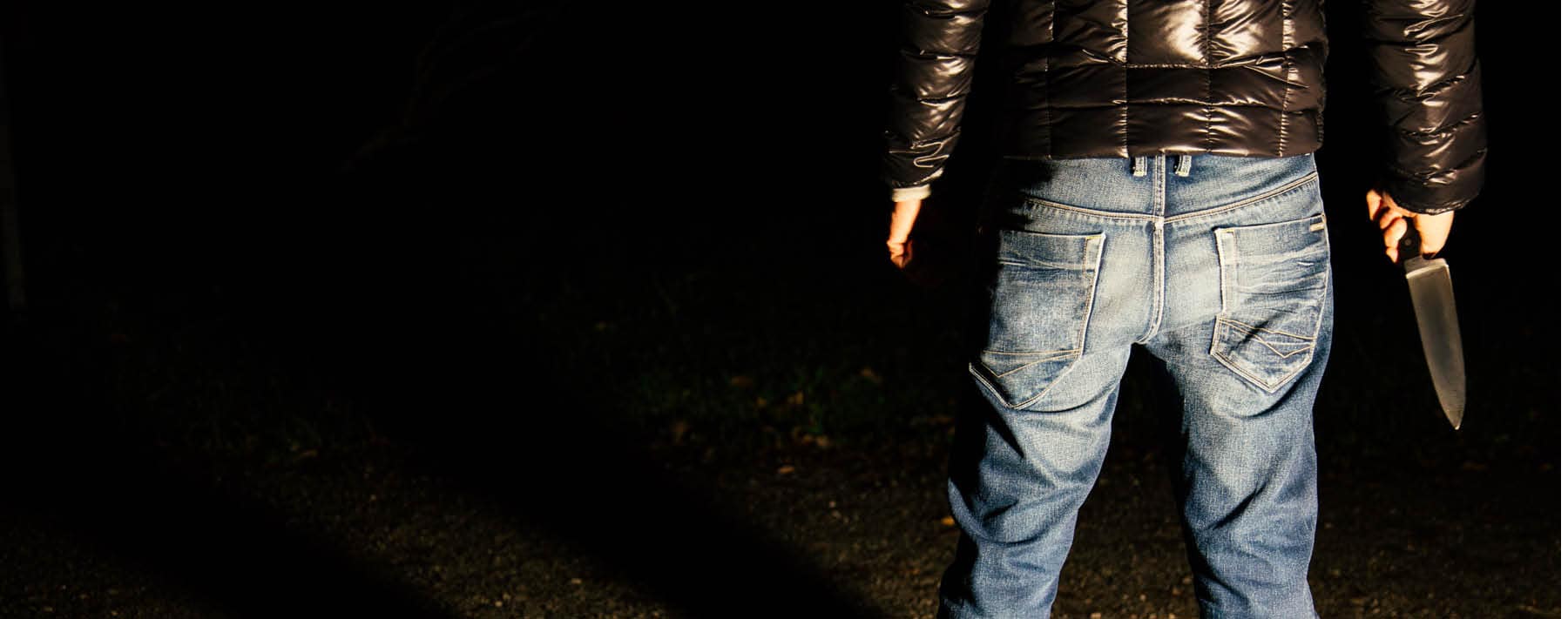
The factors that influence real-world threat assessments and response can’t be reduced to simple math problems